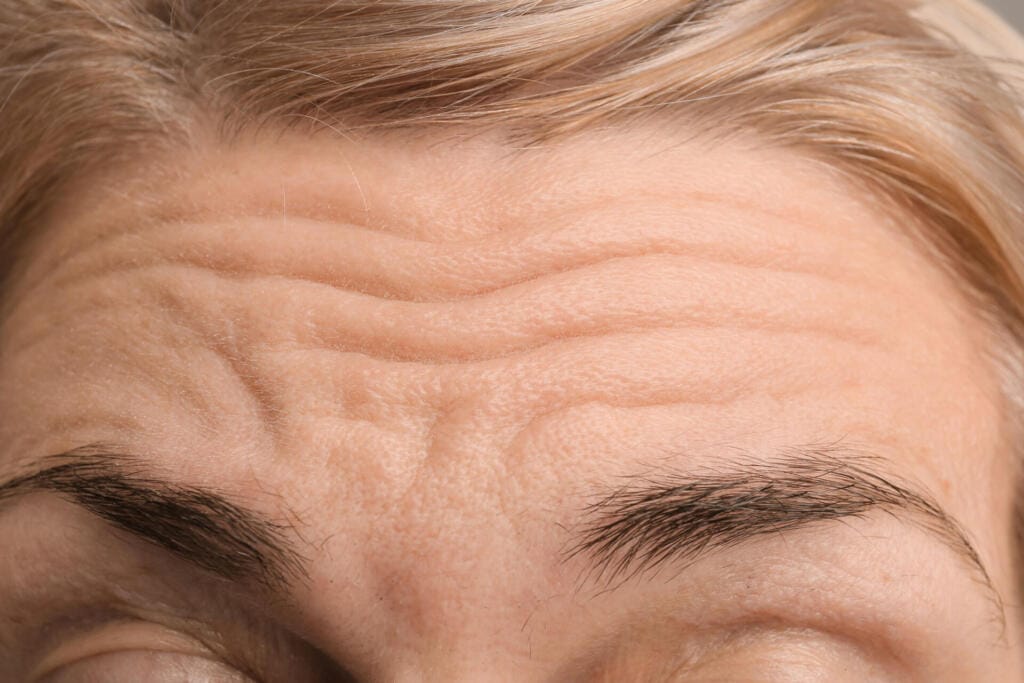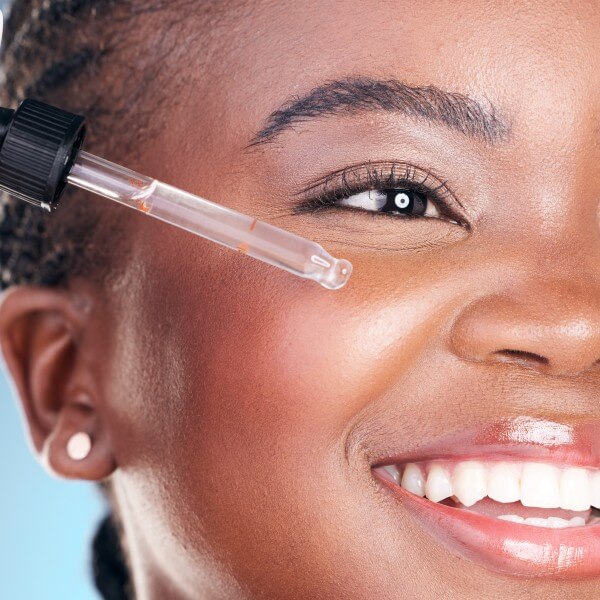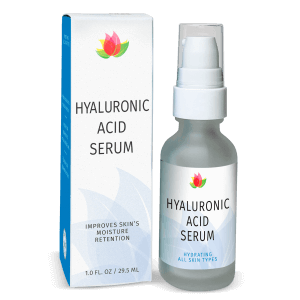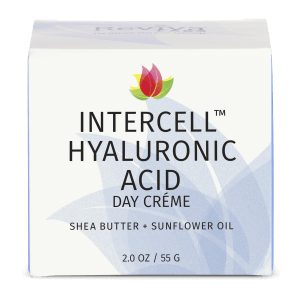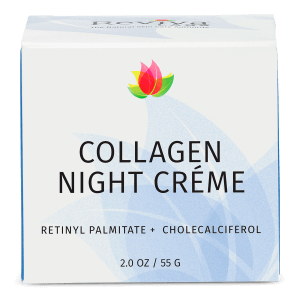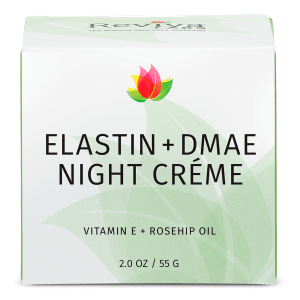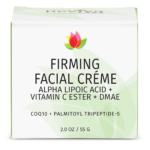Ingredients, Reviva Labs, Skin Care
Erase Forehead Wrinkles Naturally
Forehead wrinkles—those inevitable signs of aging or stress—can feel like unwelcome visitors in the mirror. Did you know that by the age of 30, your skin’s collagen production drops by about 1% each year? This gradual decline in elasticity and hydration can make those lines more pronounced. But don’t worry! There are powerful topical methods to help reduce and even fade forehead wrinkles. Let’s explore practical, effective solutions that can bring noticeable results.
Why Do Forehead Wrinkles Form?
Forehead wrinkles are caused by a mix of factors. Sun exposure is a major culprit—UV rays break down collagen and elastin, two proteins vital for firm, smooth skin. Repeated facial movements, like raising your eyebrows or squinting, also etch lines into the skin over time. Dehydration, stress, and pollution can accelerate the process, too. The result? Horizontal lines or furrows that deepen as the years pass.
But here’s the good news: skin is highly responsive to care and attention. A well-tailored skincare routine can address these issues head-on.
Power Ingredients to Target Wrinkles
The right ingredients can make all the difference when tackling forehead wrinkles. Let’s break down the most effective ones to look for in your topical skincare products.
Retinol: The Gold Standard
Retinol, a derivative of vitamin A, stimulates collagen production and accelerates cell turnover. This encourages the growth of fresh, plump skin while gradually diminishing fine lines. Regular use of retinol can significantly improve forehead wrinkles, but remember to start slow. Introduce it into your routine with a low concentration to minimize irritation.
Dermatologists often recommend applying retinol at night, followed by a moisturizer to combat dryness. It’s also crucial to wear sunscreen during the day, as retinol increases photosensitivity.
Hyaluronic Acid: The Ultimate Hydrator
Dehydrated skin often makes wrinkles appear deeper. Hyaluronic acid, a humectant that holds up to 1,000 times its weight in water, plumps the skin and smooths out lines. When applied topically, it delivers an instant boost of hydration, leaving your forehead visibly smoother and more refreshed. For best results, apply it to damp skin and seal it in with a moisturizer.
Peptides: Collagen Boosters
Peptides are small chains of amino acids that signal your skin to produce more collagen. Over time, this increased collagen helps firm the skin and reduce wrinkles. Look for products containing copper peptides or matrixyl, as they are particularly effective for smoothing fine lines.
Vitamin C: The Brightening Hero
Vitamin C is a powerhouse antioxidant that protects the skin from free radical damage while promoting collagen synthesis. It also evens out skin tone and reduces hyperpigmentation, making your forehead look brighter and smoother. Apply it in the morning under sunscreen to maximize its protective benefits.
Niacinamide: The Skin Barrier Savior
This form of vitamin B3 strengthens the skin barrier, reduces inflammation, and minimizes the appearance of fine lines. Its calming properties make it an excellent option for sensitive skin types.
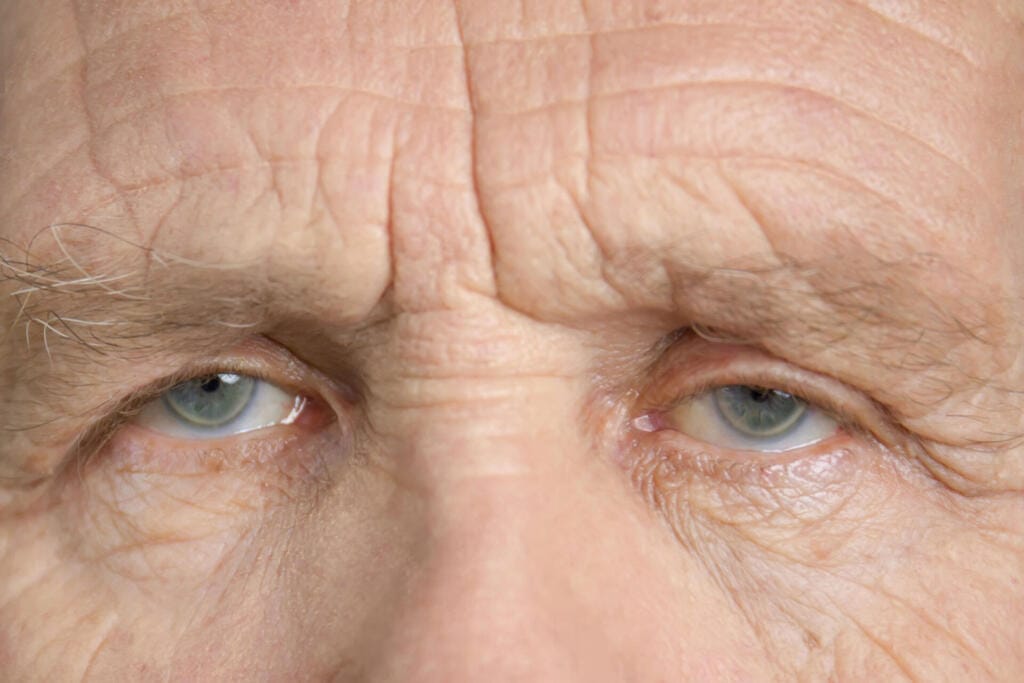
The Role of Sunscreen
If you’re serious about fading forehead wrinkles, sunscreen is non-negotiable. Daily use of broad-spectrum SPF protects your skin from harmful UV rays that accelerate aging. A study published in Dermatologic Surgery found that consistent sunscreen use significantly improved the texture and clarity of participants’ skin over a year. Apply sunscreen every morning, even on cloudy days, and reapply if you’re outdoors for extended periods.
Building a Routine for Success
Consistency is key when it comes to skincare. Here’s a straightforward evening routine to help you target forehead wrinkles effectively:
- Cleanse: Start with a gentle cleanser to remove makeup, dirt, and oils.
- Exfoliate (1-2 times per week): Use a chemical exfoliant like glycolic acid to boost cell turnover and prep your skin for treatment products.
- Apply Actives: Layer a retinol or peptide serum to directly address wrinkles.
- Moisturize: Lock in hydration with a nourishing moisturizer to repair the skin barrier.
In the morning, swap retinol for vitamin C serum, and always finish with sunscreen.
Lifestyle Habits to Support Your Skincare
Topical treatments work best when paired with healthy lifestyle habits. Stay hydrated, eat a nutrient-rich diet, and prioritize sleep to support your skin from the inside out. Managing stress through activities like yoga or meditation can also help minimize the repetitive facial expressions that contribute to wrinkles.
Myths About Forehead Wrinkles
There’s no shortage of myths about wrinkle treatments. For example, many believe that only invasive procedures like Botox can smooth forehead lines. While injectables do offer quick results, they aren’t the only solution. Topical treatments can be incredibly effective when used consistently and with the right ingredients.
Another misconception is that you should avoid moisturizing oily skin. In reality, dehydrated skin (even if oily) can exacerbate the appearance of wrinkles. Choosing lightweight, non-comedogenic moisturizers can keep your skin balanced and healthy.
When to Expect Results
Patience is important when addressing forehead wrinkles. While products like hyaluronic acid can provide immediate plumping effects, deeper improvements—like increased collagen production—take time. You may notice visible changes after six to twelve weeks of consistent use. Don’t give up too soon; skincare is a marathon, not a sprint.
The Takeaway
Forehead wrinkles don’t have to be a permanent part of your reflection. By incorporating proven ingredients like retinol, hyaluronic acid, and peptides into your routine—and committing to daily sunscreen use—you can achieve smoother, more youthful-looking skin. Remember, skincare isn’t just about vanity; it’s about feeling confident and taking care of yourself. With a little persistence and the right approach, those lines don’t stand a chance.



